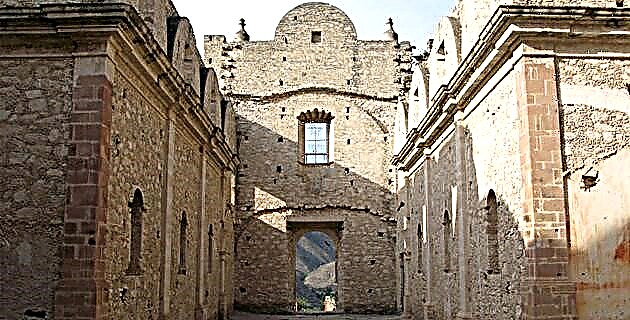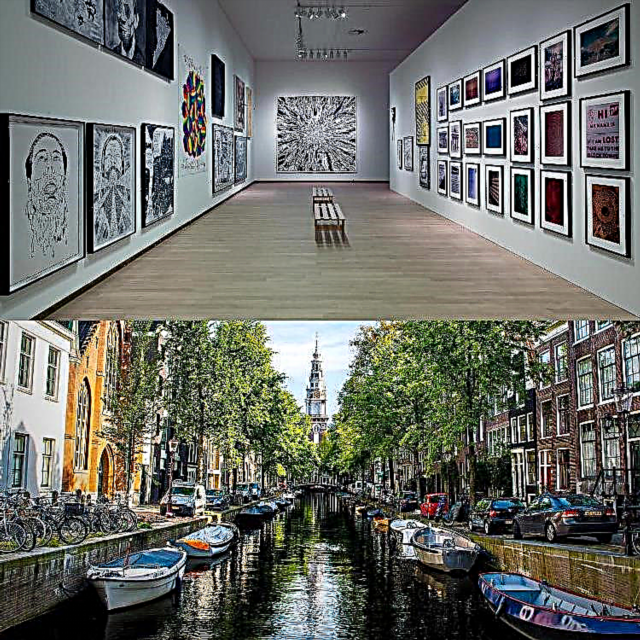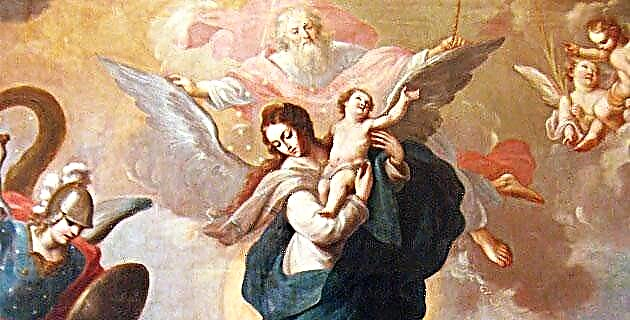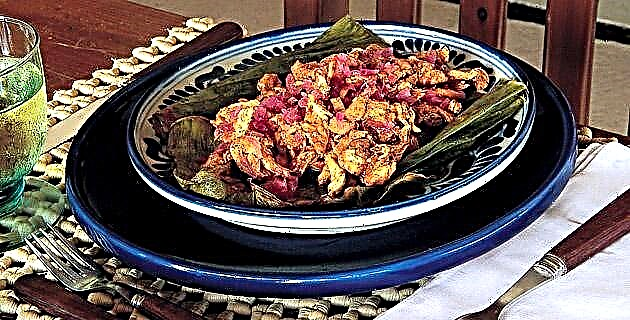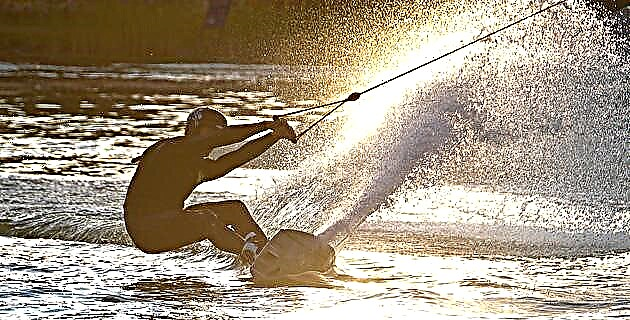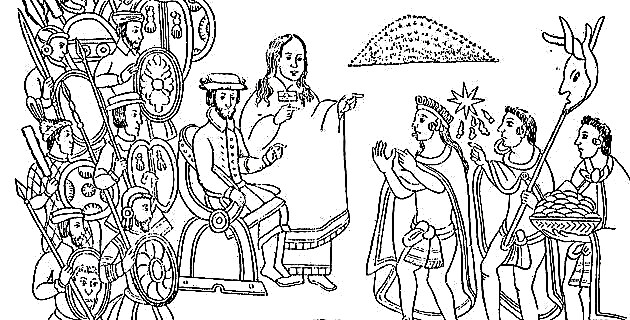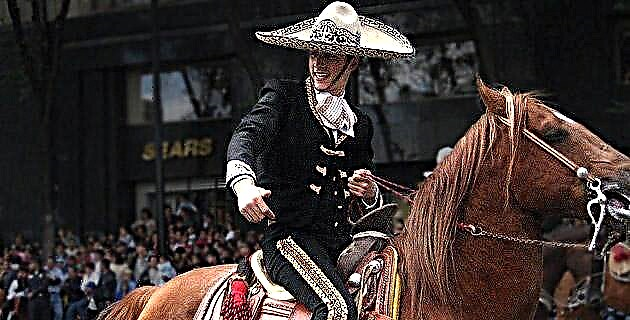
"Comadre, when I die, make a jug out of my clay. If you are thirsty in the bebay if the kisses of your charro hit your lips"
The charrería, one of the most genuine Mexican traditions, is part of the national culture. It was developed with the cattle ranch and with the tasks of the field, being the first charros the cattle ranchers and their servants. Its history begins when, little by little, the Indians and mestizos approached the horses and learned with the ease that they demonstrated to acquire many other elements that did not correspond to their culture.
The use of the horse was only allowed to the Spaniards, since the Indians and mestizos were prohibited; although the latter were descendants of kings, they could not be knights on pain of death. However, as time passed, they were renowned riders, even in Europe.
The horse was brought by the Spanish from the Antilles, where it was able to develop in a special way. At first, his upbringing was restricted to Spanish and Creole; However, in any case the Indians and mestizos had to take care of all the animals and as the horses were free, they found it necessary to lasso them, ride them, tame them, etc., in addition, with the rope they could control the horses. wild animals, and that was how Viceroy Antonio de Mendoza was forced to grant permits for the Indians to ride, since they had to defend the land and take care of the cattle.
The charro costume has, among its antecedents, the outfits of Hispanic horsemen, who made truly extraordinary garments, especially sumptuous, with silver and gold ornaments. According to some historians, its main origin is in the costume of Salamanca, Spain, which was also called “charro”.
The charros have had a special participation in many historical moments in Mexico, both in the struggles and in the maintenance of peace, and thanks to their feats they consolidated their figure. Thus, during the War of Independence they strongly supported and were known as the "skinny men"; They were also distinguished by their prowess in handling the rope they used to lasso royalists in the Bajío.
An important group were “the tamarindos”, who, together with “the master” Juan Nepomuceno Oviedo, owner of the Bocas ranch in San Luis Potosí, fought in the battle of Puente de Calderón and in the site of Cuautla, where Oviedo died.
Another character recognized for his charro attire was Don Pedro Nava. His clothing consisted of a blue cloth breeches with silver buttons and a silk girdle embroidered with gold bars, a deerskin cotone with silver bridles, cowboy boots and blued steel spurs.
Maximiliano was undoubtedly one of the great promoters of the charro suit, although he made some reforms to the original that are preserved to this day. He preferred the short, unadorned jacket and the slim-fit trousers with silver buttons; the hat that complemented his attire was with an ironed brim, braided in silver, as was the shawl of the same material. On his travels, the emperor was accompanied by "horsemen." The entire crowd wore their clothing with great pride.
Sarapes and jorongos were also made, slang pants in black and white for the bosses, as well as red and black for the laborers, as well as jackets, breeches and leather pants.
Women embroidered the shirts of fathers, brothers and boyfriends with the same delicacy with which they made their favorite garments. Thus, different embroideries were added to the hats that matched the rest of the costume: drawings of flowers, eagles, owls, snakes, etc., all in silver or gold, according to the tastes and possibilities of the owner.
This outfit has had two very important stages: the one corresponding to the time of Maximiliano and the one that arose later and that continues to this day, with some modifications, especially regarding the hat.
There are different types of suits: the one for work, which is the most common for competitions; the half gala, which is more ornate and is used for competitions; the gala dress that, although it can be worn on horseback, is not used for the performance of tasks; the grand gala, whose use is similar to the gala, is more formal, although less than the formal dress. Finally, there is the one for etiquette or ceremony, which is the most elegant and is used on very special occasions, but never on horseback.
The charro suit cannot be dressed in any way: there are specific rules for wearing it, which have been carefully observed by those who want to preserve tradition.
An important part of the charro's clothing are the spurs, the most famous of which are manufactured in Amozoc, Puebla ..., "whose peacock bass does not erase time, nor does walking mistreat ...", according to the popular saying. On the other hand, the spurs keep the heritage of Arabic and Spanish designs alive.
The horse also had to dress in luxury with harness that matched its owner's clothing and the saddle underwent modifications as new tasks emerged with the cattle. Likewise, the anquera was created, a descendant of the gualdrapa, which is like a thick leather enagüilla that covers the horse's rump and is edged around its lower part with beautifully pierced tendrils or “brincos”, from which hang some ornaments called "Higas" and "kermes" which the country people call "noisy". The purpose of this attachment is to tame the colt and set its pace; It is very useful to help your education and defends you from the goring of the bulls.
The antecedent of how the charrería was formed, as an important group, we have in the 18th century, when a contingent of soldiers called "Dragones de la Cuera" guarded the presidios from Matagorda Bay, in the Gulf, to the Sacramento River, in Northern California. They protected New Spain from barbarian Indian invasions back in 1730.
From the clothing of these soldiers, the suede leather stood out, which was resistant to arrows and served as the escahuipil from pre-Hispanic times.
This garment had sleeves and reached to the knees; it was padded inside with sheepskin and was worn with a leather belt crossed on the chest; furthermore, the king's arms were embroidered on the leather bags.
Source: Mexico in Time # 28 January / February 1999

